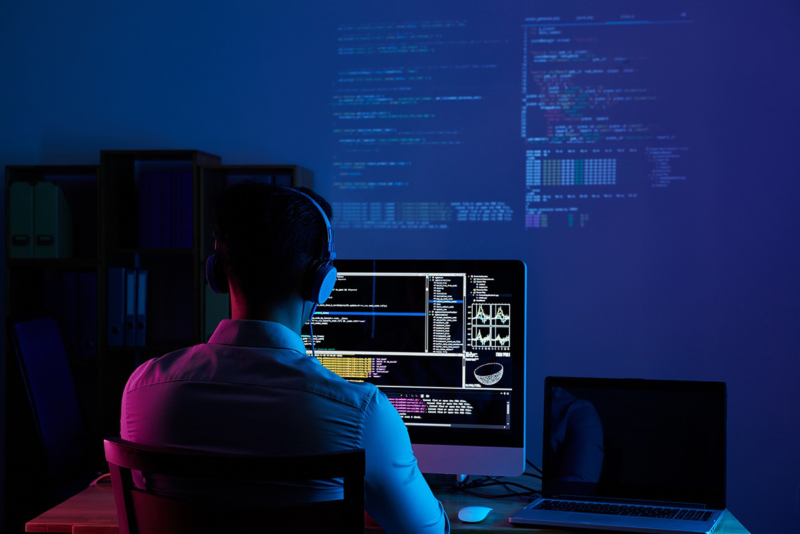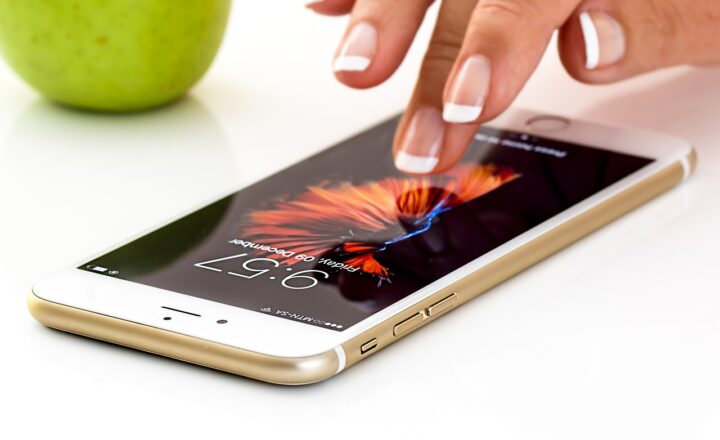Why Technology Addiction is a Real Problem and How to Manage It
October 22, 2024

In an increasingly digital world, technology has become an essential part of our everyday lives. From smartphones and social media to gaming and streaming services, we are more connected than ever before. However, this constant connectivity has led to a growing concern: technology addiction. Just like any other form of addiction, excessive use of technology can have significant impacts on our mental and physical health, relationships, and productivity. In this article, we’ll explore why technology addiction is a real problem, the science behind it, and practical steps you can take to manage your technology use.
1. What is Technology Addiction?
Technology addiction, also known as digital addiction, refers to excessive and compulsive use of digital devices and online platforms that interfere with daily life. It can manifest in various forms, including addiction to social media, video games, online shopping, streaming, and even work-related digital tools.
The Science Behind Technology Addiction: Technology addiction shares many similarities with other behavioral addictions. The brain releases dopamine—a feel-good neurotransmitter—when we engage with rewarding stimuli, such as receiving a notification or a ‘like’ on social media. Over time, our brains become conditioned to seek out these rewards, leading to compulsive behavior and overuse of technology.
Types of Technology Addiction:
- Social Media Addiction: The compulsive need to check social media platforms for updates, likes, and comments.
- Gaming Addiction: Excessive use of video games, often leading to neglect of personal responsibilities.
- Information Overload: The constant consumption of news, articles, and videos, leading to mental fatigue and distraction.
- Workaholism in the Digital Age: The inability to disconnect from work due to the constant availability of email and work-related apps.
2. The Impact of Technology Addiction on Mental Health
While technology has brought convenience and entertainment, excessive use can have adverse effects on mental health. Technology addiction has been linked to a range of mental health issues, including anxiety, depression, and sleep disorders.
Increased Anxiety and Stress: Constant notifications, emails, and social media updates can lead to a state of hyperconnectivity, making it difficult to relax. The pressure to stay connected and respond to messages immediately can create anxiety and stress, especially in professional settings.
Social Comparison and Low Self-Esteem: Social media platforms often portray an idealized version of life, causing individuals to compare themselves to others. This constant comparison can lead to feelings of inadequacy, jealousy, and low self-esteem.
Sleep Disruption: The blue light emitted by screens disrupts the production of melatonin, the hormone responsible for regulating sleep. Technology addiction, especially late-night use of phones or computers, can lead to sleep deprivation, which further exacerbates mental health issues.
3. The Physical Effects of Technology Addiction
Technology addiction isn’t just a mental health issue; it can also have physical consequences. Prolonged use of devices can lead to a range of physical health problems.
Eye Strain and Vision Problems: Staring at screens for long periods can cause digital eye strain, characterized by dry eyes, headaches, and blurred vision. In some cases, it can lead to long-term vision problems, especially in children who are exposed to screens from a young age.
Poor Posture and Physical Pain: Technology addiction often involves sitting for long periods, leading to poor posture and physical discomfort. Many people experience neck pain, back pain, and wrist strain from excessive use of computers and smartphones, a condition often referred to as “text neck” or “tech neck.”
Inactivity and Weight Gain: Excessive screen time often replaces physical activity, leading to a sedentary lifestyle. This lack of movement can contribute to weight gain, muscle weakness, and increased risk of chronic health conditions such as obesity and cardiovascular disease.
4. How to Recognize Technology Addiction
Recognizing the signs of technology addiction is the first step toward managing it. While technology use is a normal part of modern life, certain behaviors can indicate a problematic relationship with digital devices.
Signs of Technology Addiction:
- Spending excessive amounts of time on devices, often at the expense of other responsibilities or relationships.
- Feeling anxious, irritable, or depressed when unable to access technology.
- Neglecting physical health, such as sleep, exercise, or proper meals, due to prolonged technology use.
- Experiencing difficulty concentrating on tasks without checking your phone or computer frequently.
- Failing to limit screen time despite wanting or trying to cut back.
Emotional Dependence: Technology addiction often comes with a sense of emotional dependence. Individuals may feel as though they cannot go through the day without checking their devices or engaging with digital platforms, leading to a loss of control over technology use.
5. Strategies for Managing Technology Addiction
If you find yourself struggling with technology addiction, it’s important to take proactive steps to regain control over your digital habits. Here are some practical strategies for managing technology use and reducing its negative effects.
Set Screen Time Limits: Many devices now come with built-in tools to help monitor and limit screen time. Set daily limits for specific apps or activities, and take advantage of features like “Do Not Disturb” to reduce distractions during certain times of the day.
Create Tech-Free Zones: Establish areas in your home where technology is off-limits. For example, make the bedroom a tech-free zone to improve sleep quality, or designate family mealtime as screen-free to encourage face-to-face interaction.
Practice Digital Detox: Take regular breaks from technology by engaging in a digital detox. This can be as simple as disconnecting for a few hours each day or going tech-free for an entire weekend. Use this time to reconnect with nature, hobbies, or loved ones.
Focus on Mindfulness: Mindfulness practices, such as meditation and deep breathing exercises, can help you become more aware of your digital habits. Mindfulness encourages you to be present in the moment, reducing the urge to constantly check your phone or engage with digital platforms.
Seek Professional Help: If technology addiction is significantly impacting your life, consider seeking help from a therapist or counselor who specializes in behavioral addictions. Cognitive-behavioral therapy (CBT) has been shown to be effective in treating technology addiction by helping individuals identify triggers and develop healthier coping mechanisms.
6. Balancing Technology Use in the Workplace
Technology addiction isn’t limited to personal use—many people struggle with digital overload in the workplace. With constant emails, instant messaging platforms, and video conferences, it can be difficult to disconnect, even outside of work hours.
Establish Boundaries: Set clear boundaries between work and personal life by establishing specific work hours and sticking to them. Avoid checking work emails or responding to messages after hours unless absolutely necessary.
Take Regular Breaks: Implement the Pomodoro Technique, where you work for 25-minute intervals followed by a 5-minute break. This method encourages productivity while reducing the mental fatigue caused by prolonged screen time.
Use Productivity Tools Wisely: While technology can enhance productivity, it can also become a distraction. Use productivity tools, such as time management apps, to stay on track, but be mindful of when they become sources of stress rather than support.
Conclusion: Finding Balance in a Digital World
Technology is an integral part of modern life, but when it begins to take control of our time, health, and relationships, it can become a problem. Recognizing the signs of technology addiction and taking steps to manage it is crucial for maintaining a healthy balance in our digital world. By setting boundaries, practicing mindfulness, and engaging in digital detoxes, we can enjoy the benefits of technology without allowing it to dominate our lives.








